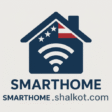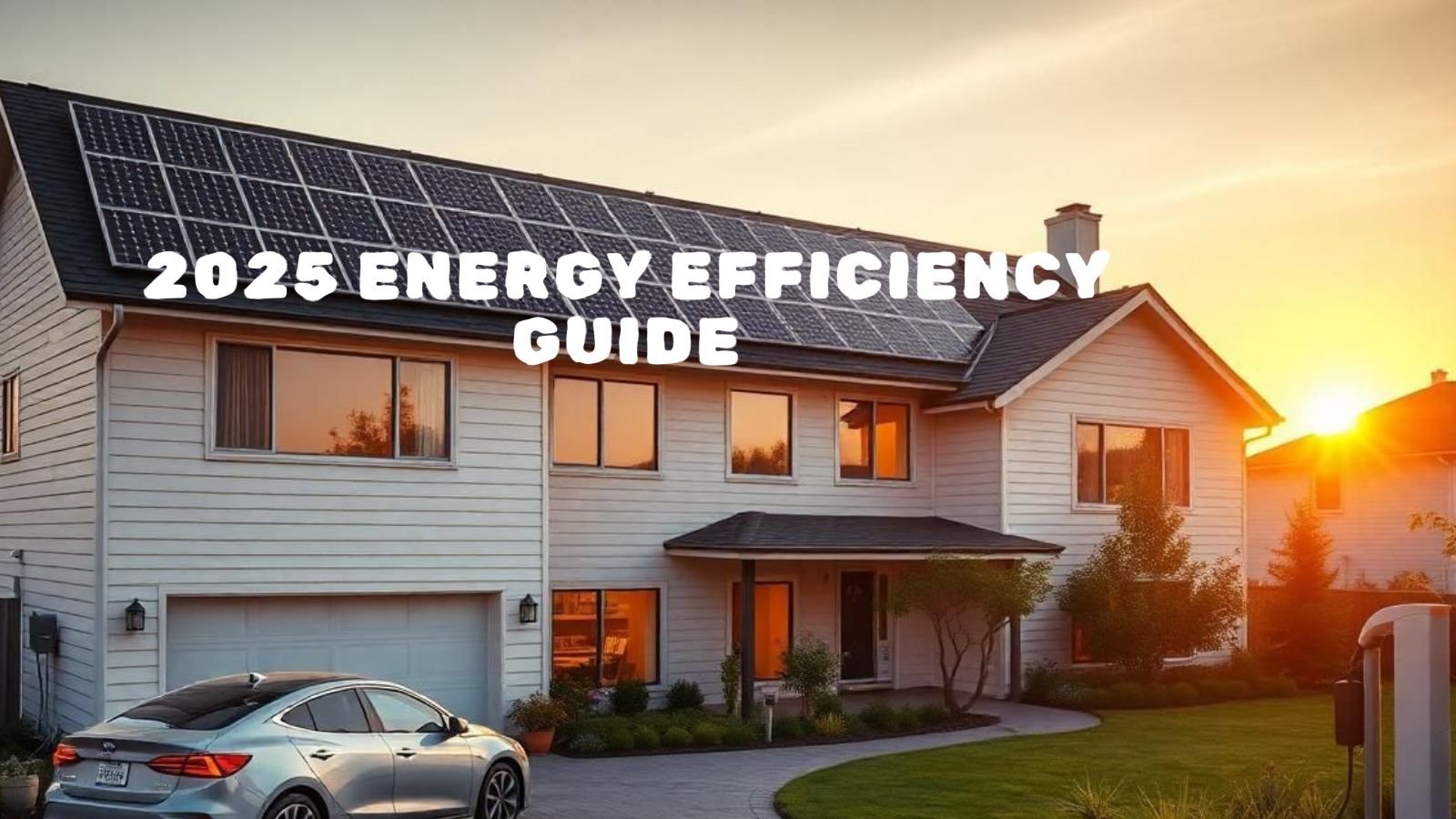2025 Energy Efficiency Guide
Smart Home Upgrades That Slash Your Bills & Carbon Footprint

The average US household wastes $422 annually on energy inefficiencies. With smart home technology and 2025’s expanded tax credits, homeowners can now save 30-45% on utility bills while reducing their carbon footprint. This guide reveals the most effective upgrades for maximum savings.
Why Energy Efficiency Matters More Than Ever
With US electricity prices increasing by 14% in 2024 and extreme weather events straining power grids, energy independence has become crucial. Smart home technology offers real solutions:
According to the U.S. Department of Energy, homes with smart energy systems reduce peak demand by 23%, helping prevent grid failures during heat waves. The 2025 Energy Efficient Home Improvement Credit now covers 30% of upgrade costs (up to $1,200 annually).
Most Effective Smart Upgrades for 2025
1. Intelligent Climate Control
Heating and cooling account for 55% of home energy use. Smart thermostats like these 2025 leaders optimize usage:
| Thermostat | Key Feature | Energy Savings | Rebate Eligible |
|---|---|---|---|
| Ecobee Smart Premium | Room sensors for zoned heating | 23% annually | ✅ 30% credit |
| Google Nest Learning | Auto-schedule learning | 18% annually | ✅ 30% credit |
| Honeywell Home T10 | Works with older HVAC | 15% annually | ✅ 30% credit |
Pro Tip: Pair with smart vents for room-by-room control. Boston homeowners saved 34% using this combo, according to ENERGY STAR data.
2. Automated Lighting Solutions
Lighting consumes 15% of household electricity. Upgrade smartly:
- Smart Switches: Lutron Caséta (no hub needed)
- Outdoor: Philips Hue Motion Sensor (auto-off at dawn)
- Energy Monitoring: Sengled Smart Plugs track real-time usage
Case Study: Seattle apartment reduced lighting costs by 82% with motion-activated smart bulbs.
3. Solar Integration & Battery Storage
The 2025 solar tax credit remains at 30% with new battery incentives:
- Best Solar Controller: SPAN Smart Panel ($2,500-$4,000)
- Top Battery: Tesla Powerwall 3 (13.5 kWh capacity)
- New 2025 Tech: SunPower’s solar roof tiles (blend seamlessly)
Learn about state-specific solar incentives in our comprehensive guide.
Maximizing Rebates & Tax Credits
2025 Energy Rebate Map
US State-by-State Energy Rebate Visualization
Top 2025 Incentives:
- Federal Tax Credit: 30% of project cost (max $1,200/year)
- Utility Rebates: $50-$500 per device (check DSIRE database)
- New Construction: $2,500 bonus for ENERGY STAR Certified Homes
Automation Strategies That Save
Energy-Saving Automation Checklist
- Set thermostats to 68°F when home and 62°F when away
- Program “Good Night” scene to turn off all lights and electronics
- Activate “Vacation Mode,” which randomizes lights and lowers temps
- Create peak-hour automations to reduce consumption from 3-7 pm
- Integrate weather forecasts to pre-heat/cool before rate hikes
- Set appliances to run during off-peak hours (12 am-6 am)
- Enable water heater scheduling (2 hours before typical use)
- Connect irrigation systems to local weather data
Phoenix homeowners saved $612/year using these automations with their Samsung SmartThings hub.
Renter-Friendly Solutions
You don’t need to own your home to save energy:
- Smart Plugs: TP-Link Kasa ($12/unit) monitors vampire energy
- Thermal Curtains: Auto-close during extreme temperatures
- Portable AC: Midea U-shaped (35% more efficient)
- Window Sensors: Notify when windows open near AC units
See our complete apartment energy guide for more solutions.
Calculate Your Potential Savings
Discover how much you could save with our Smart Home Energy Calculator
Future-Proof Energy Tech
Prepare for these 2025-2026 innovations:
- Matter 2.0 Energy Monitoring: Unified device reporting
- AI-Powered Grid Trading: Sell excess solar automatically
- Self-Powering Sensors: Kinetic/thermal energy harvesting
- EV Bidirectional Charging: Use the car battery for home backup
The new Matter 2.0 standard enables cross-platform energy optimization.
Your 90-Day Efficiency Roadmap
- Month 1: Install smart thermostat + conduct energy audit
- Month 2: Replace lighting + add smart plugs to energy hogs
- Month 3: Implement automations + apply for rebates
Download our customizable implementation plan with week-by-week tasks.

